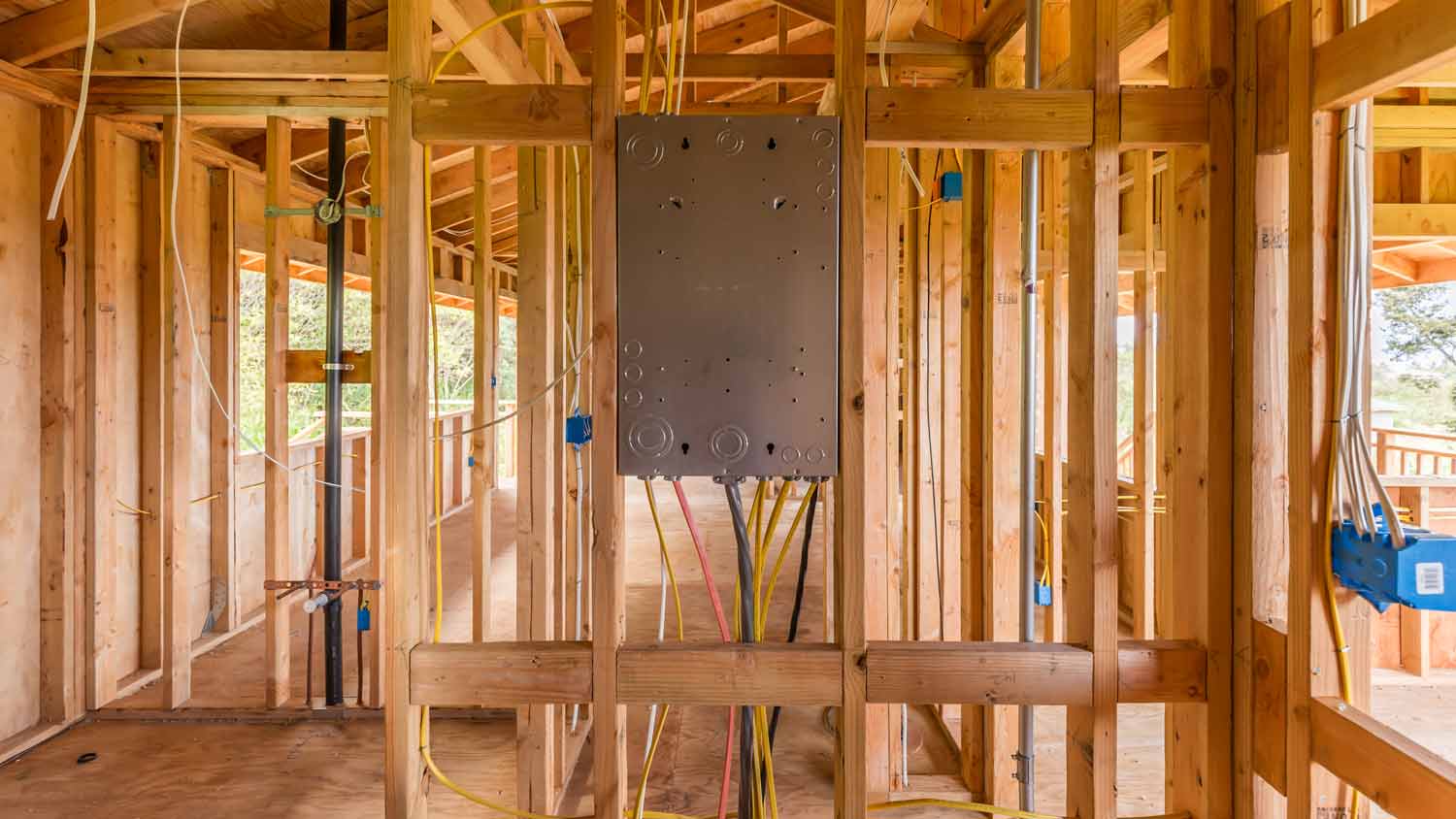How Much Does Hot Tub Wiring Cost? [2025 Data]
Hot tub wiring costs an average of $2,300, but prices can range from $1,900 to $4,200 depending on the proximity to outlets and potential need for a subpanel.


Imagine the bliss of slipping into a bubbling hot tub of your very own in the privacy of your backyard after a long, stressful day. It might sound like a fantasy, but it’s a dream that can come true if you have the space for it.
Hot Tub Wiring Cost Breakdown
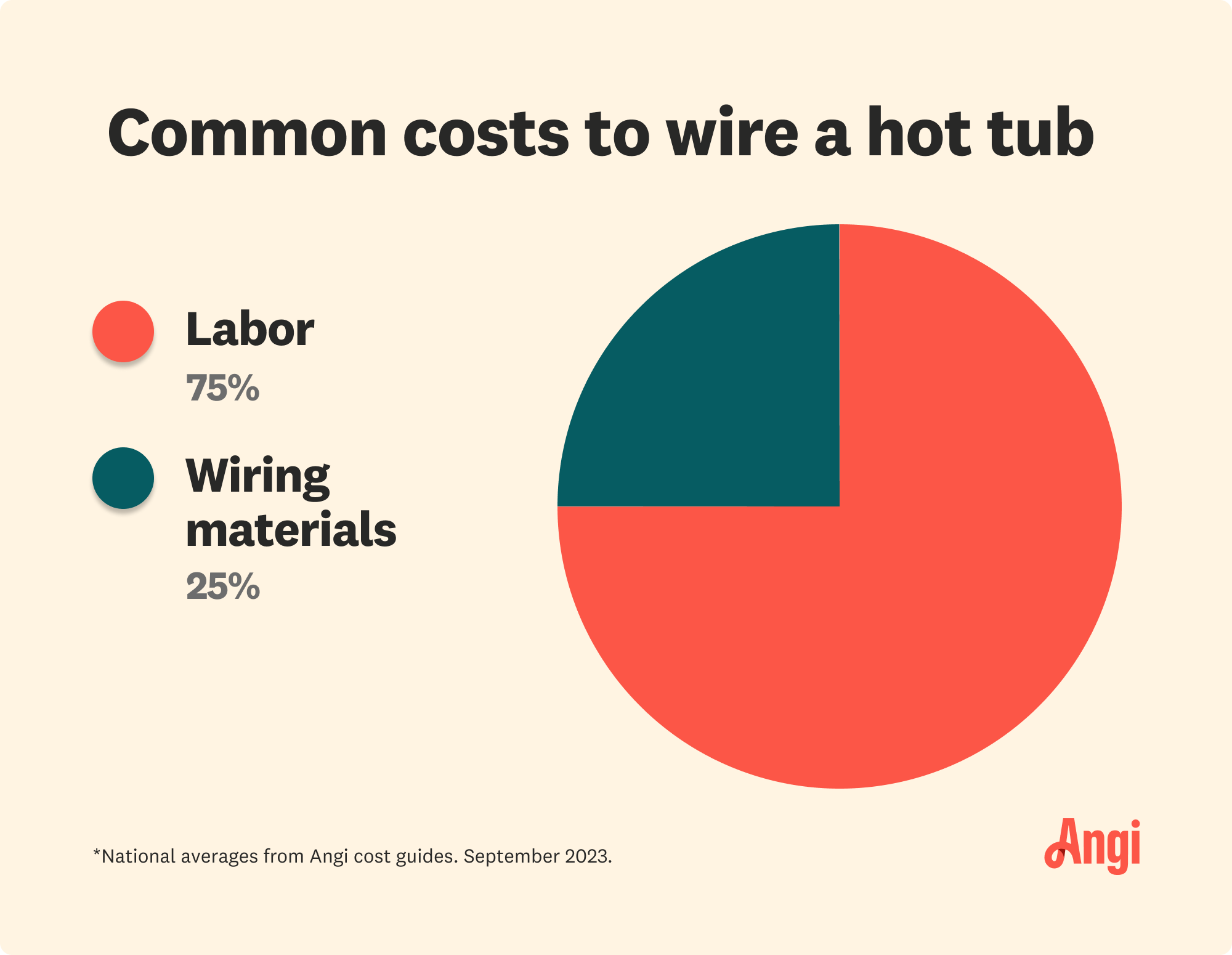
For the wiring components of hot tub installation, your major cost factors will include necessary materials (the wire, conduit, and tools needed for installation) and the labor costs for laying the new wires and safely hooking up the hot tub to your home’s existing electrical system.
Heated pools and spas require specific amperage and voltage in order to operate. Your electrician or contractor can advise on what circuit and wiring upgrades are needed based on your pool size or model.
Hot Tub Wiring Materials
A new hot tub or spa costs an average of $3,400, with a great deal of range depending on the type, style, and features you select. Assuming your hot tub location is relatively close to your breaker panel, expect to spend the following on materials for wiring your hot tub:
Breaker: $90–150
400 feet of #6 wire: $480–$600
100 feet of 1" PVC conduit: $50–$120
1-inch PVC conduit fittings: $10–$50
Subpanel: $100–350
Double-pole 240V GFCI circuit breaker: $15–$30
In addition, you’ll need the following tools if you don’t already have them on hand:
Shovel: $15–$40, depending on size
Fish tape to pull wire through conduit: $20–$100
Hole saw: $30–$80, depending on features
Tape measure:$10–$20, depending on style and features
Hot Tub Wiring Labor
The labor cost to wire a hot tub averages between $200 and $800, depending on your existing wiring, especially its amperage, according to HomeAdvisor. If your current panel isn’t sufficient to handle the electrical load of the hot tub, you’ll also need to install a subpanel, which costs on average anywhere from $400 to $1,800, according to HomeAdvisor.
Cost of Wiring Your Property for a Hot Tub Yourself
If you choose to handle the wiring for your new hot tub yourself, you’ll save on labor costs. Most electricians cost an average of $50 to $100 per hour, and the installation of a spa subpanel takes anywhere between four and eight hours. Connecting the wiring conduit to the hot tub should take 15 minutes or so. So, a DIYer can save approximately $200 and $800 in electrical labor costs alone.
Digging a trench for your hot tub wiring conduit yourself will also save approximately $6 per linear foot in labor costs. Your GFCI and manual disconnect should be positioned between five and 10 feet from your hot tub, meaning you’d save between $30 and $60 for this part of the work.
You’ll also need to factor in the cost of buying or renting the applicable tools, as well as purchasing the other materials required to complete the job, which will cost an additional $880 to $1,500.
DIY vs. Hiring a Pro
Keep in mind that working with electricity is inherently dangerous. If you’re not skilled in working with residential wiring, it’s better to hire a professional electrician near you to handle this work.
Tips to Reduce Cost While Wiring for a Hot Tub

To reduce costs for wiring your new hot tub, choose the best possible location for it. Positioning your hot tub within five to 10 feet of a 220 outlet will eliminate the need to install a new outlet to handle the electrical demands of the tub.
If you already have a concrete pad in your backyard that will support the weight of your new hot tub when filled and in use, you can save anywhere from $400 to $1,000.
Cost to Run a Hot Tub
There’s nothing like ending a long day by relaxing in a soothing hot tub—but how much does it cost to run one? You’ll pay anywhere from $30 to $60 per month for electricity and water treatments.
Frequently Asked Questions
You might need to install a new outlet if there isn’t one already located within 5 feet of the hot tub or if the current outlet you have installed and plan to use with the hot tub isn’t sufficient to carry the required electrical load. Most current hot tub models use 50 to 60 amps and require 220 to 240 volts to function. The cost to install a 220 outlet averages about $220, according to HomeAdvisor.
Follow these general safety tips for spas and hot tubs:
Keep your exterior electrical receptacles covered and dry, especially around your hot tub and pool during periods of use.
Make sure you have a GFCI (ground fault circuit interrupter) properly installed to ensure no one gets accidentally shocked or injured by electrocution.
Don’t use the hot tub or your pool during a thunderstorm.
Before using the hot tub, have a certified electrician thoroughly inspect your hot tub and its wiring to make sure you’re in full compliance with all applicable local building codes.
It’s easy to keep your hot tub clean and safe for all to enjoy by following a few simple tips:
Make sure anyone who uses the hot tub rinses themselves and their swimsuits off, perhaps in an outdoor shower near the hot tub.
Don’t add anything to your hot tub’s water. Bath oils and bubble bath liquids might seem like a fun addition to your hot tub experience, but these substances will turn the water in your tub foamy and its surfaces hard to clean.
Restrict eating in the tub to light snacks that you can easily clean out if there’s any spillage. Crumbs from crackers and chips can be difficult to pick up.
Make it a no-pet zone. Pet fur and dander can pose a cleaning issue, but it’s also not a great idea for your pet’s health and safety.
Hot tub repairs cost between $200 and $500 on average. You can minimize those costs by maintaining your hot tub and keeping necessary supplies on hand. An elevated shelf in the garage is a great place to store your water care chemicals so that kids and pets will stay safe and you’ll always have them around.
Your hot tub should be drained of existing water, cleaned, and refilled every three to four months at a minimum. Follow your tub manufacturer’s recommendations for cleaning, and rinse thoroughly when finished to eliminate any residue from the cleaning products. This is also a good time to inspect your tub’s cover in good lighting for any leaks, tears, or other damage that might cause problems.
Using your hot tub manufacturer’s suggested cleaners and methods, keep your hot tub filters clean to avoid a loss of water heat. This will help extend the filter’s useful life and efficiency. If the filter is more than two to three years old, replace it with a new one and buy a second filter to keep around as a spare.
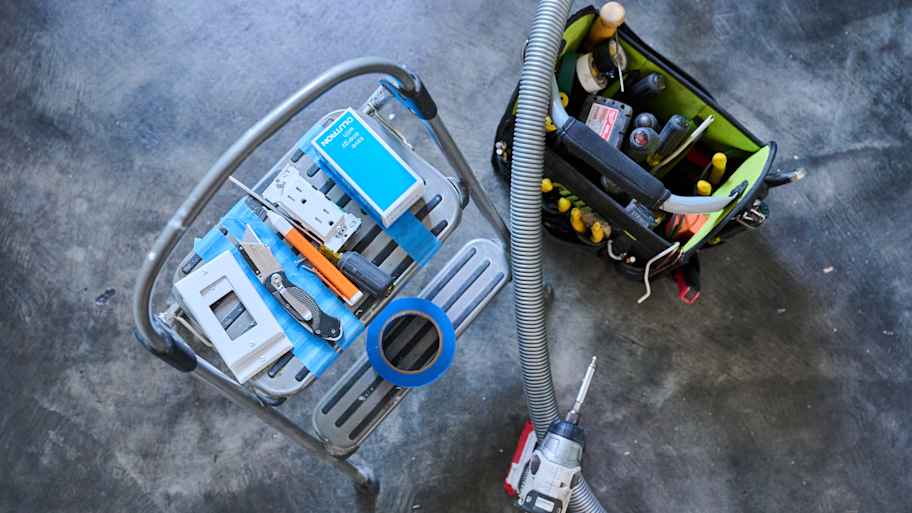

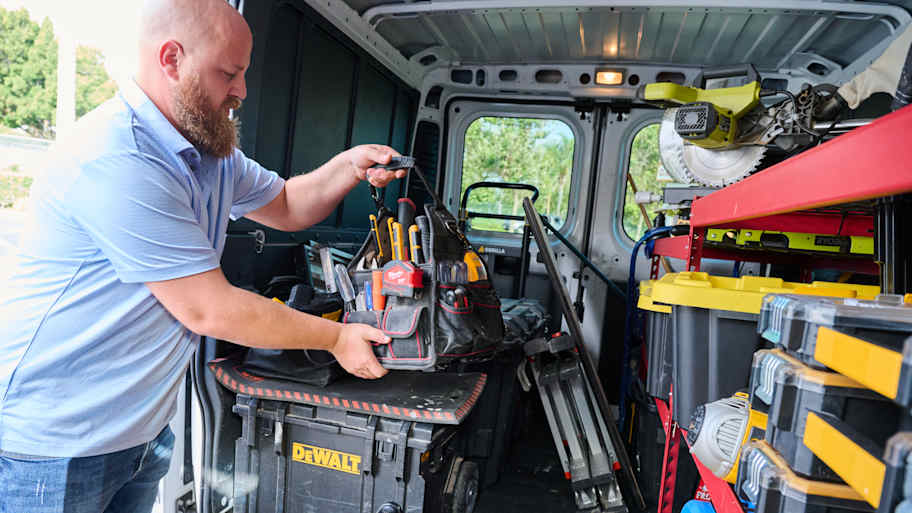
.jpg?impolicy=leadImage)
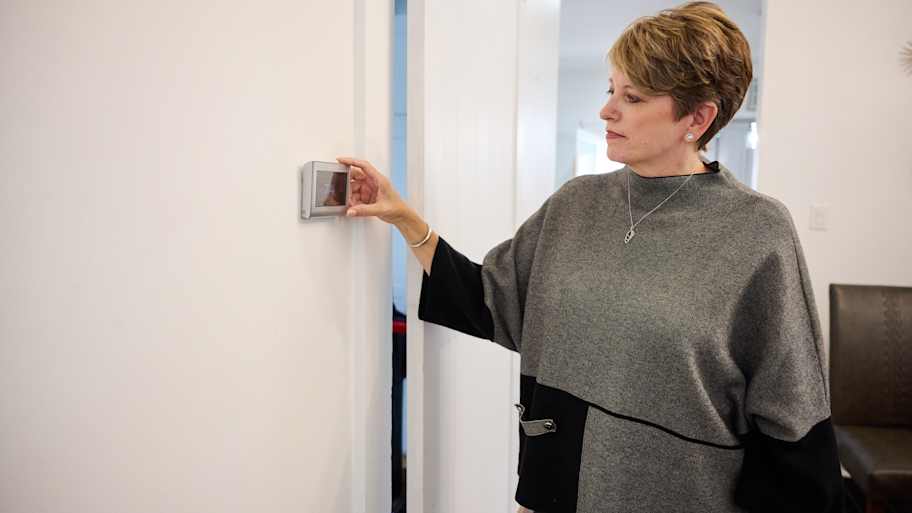
- Home Generator Repair
- Lamp Repair
- Electric Repair
- Generator Installation
- TV Antenna Services
- Emergency Electricians
- Commercial Electricians
- Attic Fan Installation
- Attic Fan Repair
- Exhaust Fan Installation
- Electric Inspectors
- Subcontractors
- Electrical Construction
- EV Charger Installer
- Chandelier Installation
- Doorbell Installation
- Bathroom Fan Installation
- Ring Installers
- Electrical Panel Upgrade



